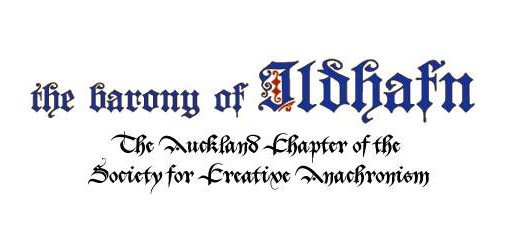Date:
Early 17th century (published 1609)
Description:
The Pigeon is a lively, rhythmic English madrigal by Thomas Ravenscroft. It is characterised by its playful melody and engaging harmonies, typical of the type of part-songs Ravenscroft was known for. The piece is often performed as a four-part madrigal, with lively interactions between the voices.
Discussion:
Published in Ravenscroft’s Pammelia (1609), The Pigeon follows the madrigal style popular in Renaissance England, featuring imitative textures and a lively, upbeat rhythm. The song depicts the image of a pigeon, playing with both its imagery and light-hearted tone. It is a fun and engaging piece often performed by choirs to showcase rhythmic precision and vocal harmony.
Though it was originally written for voice, modern renditions of The Pigeon may also include instrumental arrangements, particularly for early music ensembles, where the voices are often accompanied by a lute, harpsichord, or viols.
Composer:
Thomas Ravenscroft
Arranged by:
Various arrangements exist for SATB, often with simple accompaniment or a cappella settings
Sheet Music:
Widely available in collections of English madrigals and Renaissance part-songs
The arrangement we use is available here as a pdf, mus, or musescore file.
Parts:
Typically arranged for SATB (Soprano, Alto, Tenor, Bass) voices
Type:
Madrigal / part-song
Language:
English
Ranges:
- Soprano: D4–G5
- Alto: A3–F5
- Tenor: G3–C5
- Bass: E3–A4
Advice for beginners:
The Pigeon is ideal for beginner and intermediate choirs. The rhythm is clear and repetitive, but it requires attention to articulation and phrasing. Singers should focus on blending their voices and maintaining a steady rhythm. The piece works particularly well for four-part harmony and can be performed with or without accompaniment.
Sound Files:
Here are some sound files for reference. mid
